Teaching first graders
65 Tips, Tricks & Ideas
First grade is a year full of adventure! First grade learners begin to see themselves as readers, writers, mathematicians, scientists, and more. To help make it the best year ever, we’ve scoured our WeAreTeachers HELPLINE group on Facebook and the web for some of the best tips and ideas for teaching first grade. While it by no means covers every possible topic, we hope this list of gems will inspire you whether you are a brand-new teacher or a veteran. And we’ve organized the list by topic to make it easy to cruise for ideas!
Getting Your Classroom Ready
1. Create an inviting classroom
Need ideas? We’ve gathered real-life first grade classrooms for you to browse!
2. Gather all the supplies
Not sure what exactly you need for the first grade classroom? Don’t worry, we’ve got you covered with this list of essential first grade classroom supplies.
3. Welcome your students with a big, colorful bulletin board
Image source: Doodlebugs Teaching
Seeing their names up on the wall will help students instantly feel at home, and the bright colors will create a festive mood in the classroom. Check out these bulletin board ideas.
4. Get a jump start on lessons
In first grade, teacher planning and prep time are precious! It makes life a lot easier when you can purchase existing lessons, bundles, books, and pages. And why not support other teachers while you do it? Check out our favorite Teachers Pay Teachers sellers for first grade.
ADVERTISEMENT
5. Put together an irresistible classroom reading nook
Image source: Polka Dot Teacher
Your first graders are well on their way to becoming readers, so make this time extra special for them by setting up one of these awesome reading nooks.
6. Fill your classroom library with these classic first grade books
Here are 50 of our favorite first grade books.
7. Set up sensory tables
Early childhood teachers know that hands-on learning is essential. Sensory play encourages open-ended thinking, language development, and collaboration, and builds fine motor skills. Sensory materials are magically both engaging and calming. Here are our favorites!
Sensory materials are magically both engaging and calming. Here are our favorites!
The First Days of School
8. Introduce yourself creatively
If you’re teaching 1st grade, you have the honor of being one of the first teachers a child will meet! Make day one memorable by introducing yourself in a creative way, such as sending postcards over the summer! For creative ideas, check out 30 Unique Ways To Introduce Yourself to Students This Year.
9. Get to know one another with icebreakers
Get the kids mixing and moving as they get to know one another. Click here for lots of great ideas.
Create a Classroom Community
10. Start the day with Morning Meeting
Morning Meeting is an engaging way to connect with your students at the beginning of each day. An objectives and agenda board, along with a morning message, will help your students start off on the right track. For more morning meeting ideas, check out Responsive Classroom.
11. Establish a culture of kindness
Print these free downloadable posters to remind your students that kindness matters most of all.
12. Teach citizenship
Image source: First Grade Wow
Read the story of Johnny Appleseed with your students, then analyze the qualities that make Johnny a good citizen. Help students brainstorm ideas about how they might show these characteristics in the classroom and at home.
13. Teach the difference between reporting and tattling
Image source: Mrs. Warner’s Learning Community
Save yourself a lot of headaches by teaching your students the difference. Read the Child Mind Institute’s Is It Tattling or Telling?
14. Assign jobs
Give your students ownership of the classroom and teach responsibility by assigning jobs. Remember the saying: Many hands make light work! Here are 38 Ideas for Flexible, Fun Classroom Job Charts to choose from.
15. Read stories that build your students’ social-emotional skills
Learning how to be in school and be a good friend are a huge part of being a first grader. Share these stories that will not only teach lessons but start conversations.
Ideas for Language Arts
16. Incorporate daily writing prompts
We’ve gathered 25 writing prompts that you can download and use to get your first graders practicing their writing skills.
17. Stock up on fun tools to use for guided reading
Image source: Miss Van Maren’s Fantastic First Grade
Learning to read is hard work! Make it as fun as you can with the great ideas found at the blog Guided Reading: A Little Novelty Goes a Long Way. For more information on guided reading, check out What Is Guided Reading?
18. Encourage critical thinking with writing prompts
First grade teacher Heather M. shares, “I give students questions that take more thought than our simple carpet discussions—questions that they had to apply what they know to answer. It helps them get away from answering without thinking just to be first.” Here are 37 suggestions from Journal Buddies to get you started.
19. Differentiate reading instruction
“Read Works is an incredible resource for teaching reading!” says first grade teacher Kellie P.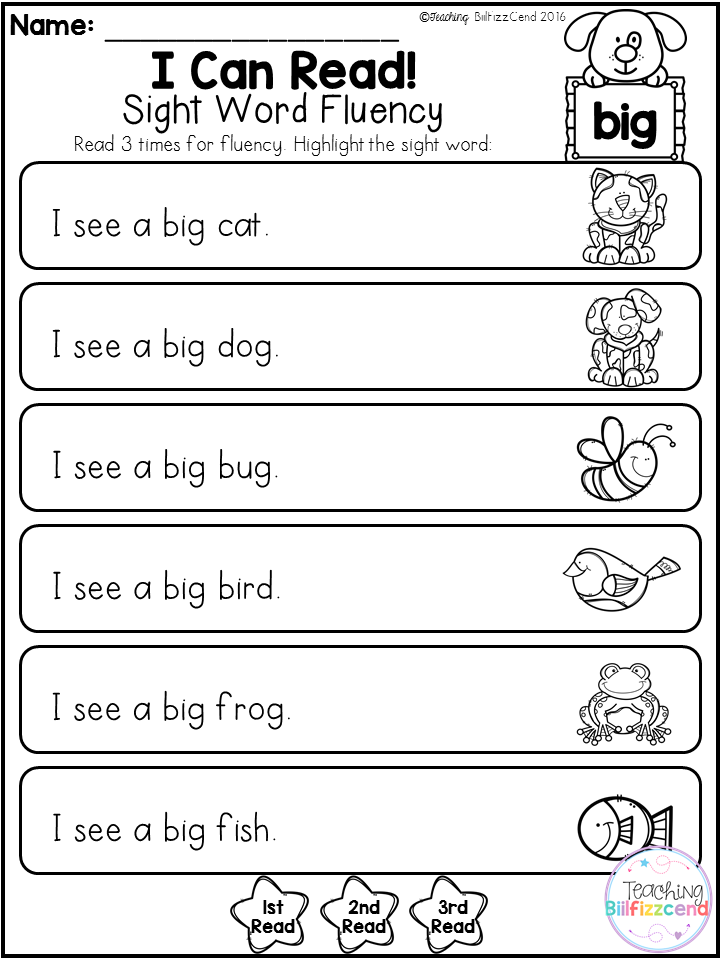 “At least once a week, I use a reading passage and question set in either ‘guided reading’ or ‘read to someone’ for small-group practice. I can easily differentiate because they provide the Lexile levels. I found this resource to be very helpful, especially with nonfiction, to integrate science and social studies concepts into Daily 5.”
“At least once a week, I use a reading passage and question set in either ‘guided reading’ or ‘read to someone’ for small-group practice. I can easily differentiate because they provide the Lexile levels. I found this resource to be very helpful, especially with nonfiction, to integrate science and social studies concepts into Daily 5.”
20. Have your students create personal word walls
Image source: Cara Carroll
Instead of having one massive class word wall, have students create and post their own personal word walls in your classroom. Your first graders will love showcasing their skills! Check out the Just Cara Carroll for a free personal word wall template.
21. Have fun with literacy centers
We love this big list of ideas for grades K-2.
22. Make things interesting with foldables
Image source: Mrs. T’s First Grade Class
Foldables are a great and easy way to make any literacy activity more fun. The one above helps students group words with the same blend.
23. Teach them how to retell a story
Use these reading comprehension anchor charts to review stories with your first graders and strengthen their recall skills after reading.
24. Use paint strips to work on CVC words
Image source: Serving Pink Lemonade
Practice making new words by adding word parts to different beginning letters and letter sounds. And check out these other fun ways to use paint strips!
25. Teach sight words
Image source: Make, Take, and Teach
Check out these 43 sight word activities for the classroom!
26. Make phonics fun
Phonics is the foundation for reading success. Breaking words into their constituent sounds helps kids understand and build their literacy skills, bit by bit. Check out these 20 phonics activities.
27. Use games to teach blends
Image source: The Measured Mom
Check out these six free, low-prep games for teaching blends.
28. Introduce interactive notebooks
Image source: Teaching With Love & Laughter
First grade teacher Lori shares, “Using interactive notebooks is a great way for children to learn and interact with new information, as well as review and practice skills already introduced.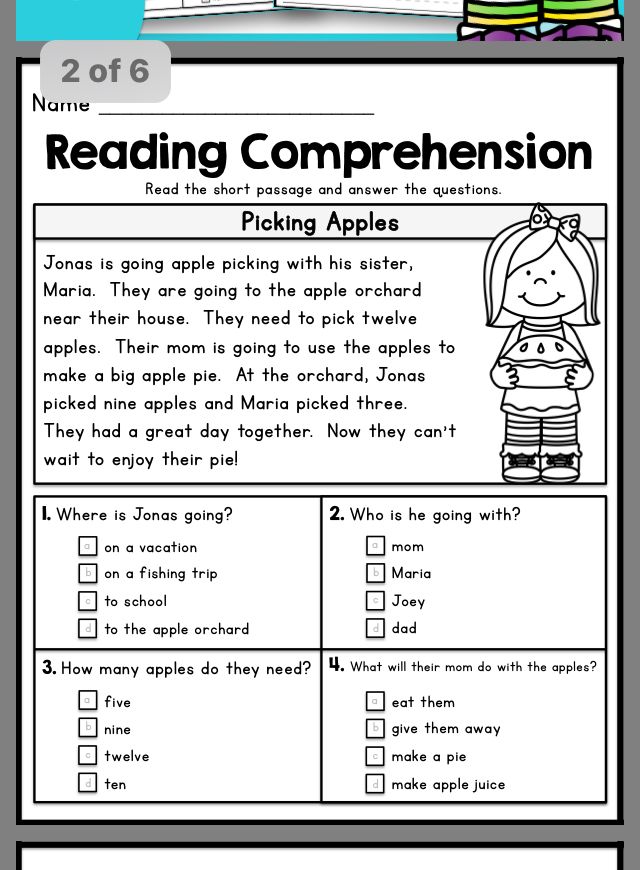 They really took pride in their notebooks and were very proud to share their work with others. Unlike completing worksheets or other printables, which go home right away, these books are always available to the children.”
They really took pride in their notebooks and were very proud to share their work with others. Unlike completing worksheets or other printables, which go home right away, these books are always available to the children.”
Ideas for Math
29. Keep your math manipulatives organized and easy to access
Check out these creative ways to use math manipulatives.
Plus, here are some additional ideas from first grade teachers:
- “Use labels with words and pictures on bins. We take actual pictures of the materials.” —Amy L.
- “I give my kids the things they use the most, like counters and linking cubes, in a ziplock baggie to keep in their desks. When we need them, I just tell them to take out their math tools. It saves a lot of time passing them out every time they are needed.” —Diane D.
- “I put my manipulatives into clear shoe boxes and label them with words and pictures. I have a set of shelves in my back room where the kids can access them.
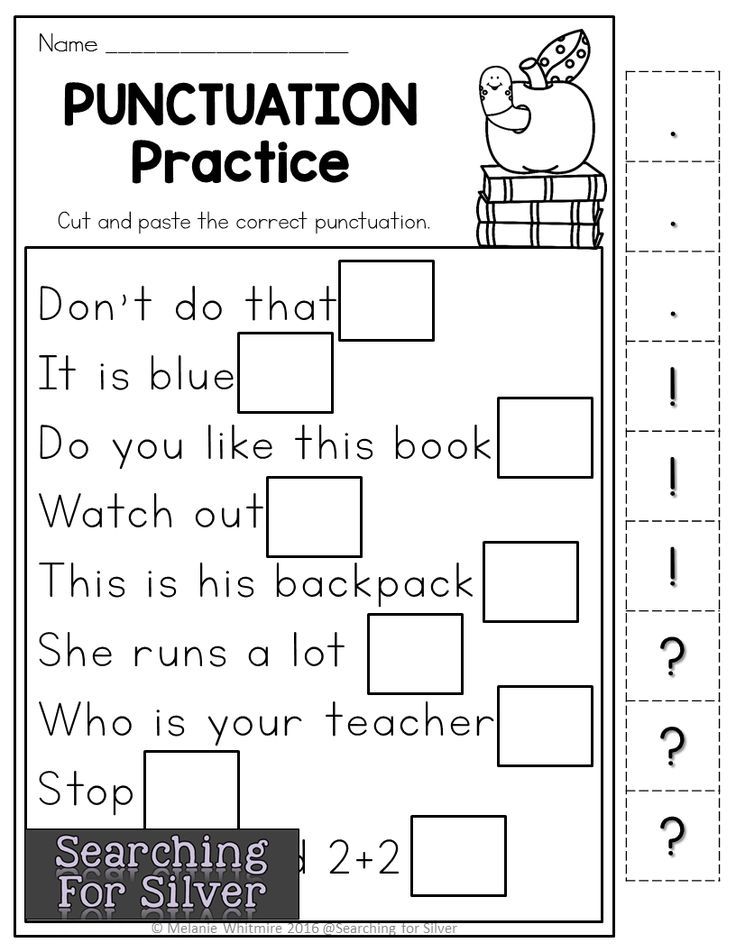 ” —Kelly H.
” —Kelly H. - “Save baby wipe tubs and give each student their own set of place value books to keep in the desk.” —Ann M.
30. Keep math journals
Image source: Miss Van Maren’s Fantastic First Grade
Making a chart that connects the numeral, word, and picture for each number will help reinforce number concepts with your little ones. Check out this article for more great examples of how to use math journals!
31. Differentiate math work by using online resources
There are tons of online resources for differentiating math work. For a huge list of suggestions, check out our best math websites for teaching and learning math.
32. Play math games
Here’s a big list of math games that are just right for first grade.
33. Watch math videos
Making math more engaging for kids can be difficult. But teaching math will be anything but boring when you introduce students to some of our favorite subtraction and addition videos on YouTube.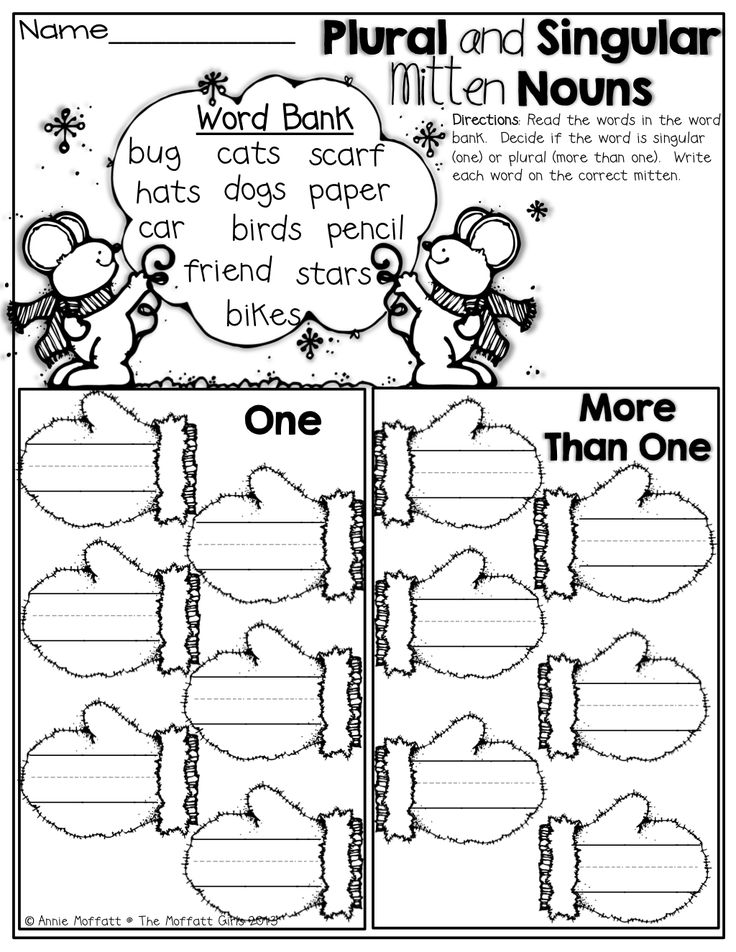
34. Teach shapes
Learning shapes is one of the earliest concepts we teach kids. Shapes ready them for geometry in the years ahead, but it’s also an important skill for learning how to write and draw. Get started with these activities.
35. Count the days of school and celebrate when you reach 100!
There are so many different fun ways to celebrate the 100th day of school. We’ve got a whole collection of activities for you.
36. Have “Number Talks”
You can build mental math and computation skills with Number Talks.
First grade teacher Stephanie W. shares, “Our students need to be able to explain their thinking on math assessments, so this is a perfect way to get them comfortable with reasoning aloud. They learn to explain clearly and logically. It also helps them to see their errors since you write down the problem exactly the way they explain it. If they can’t see the errors, other students can help clarify. It also gives value to working problems in different ways.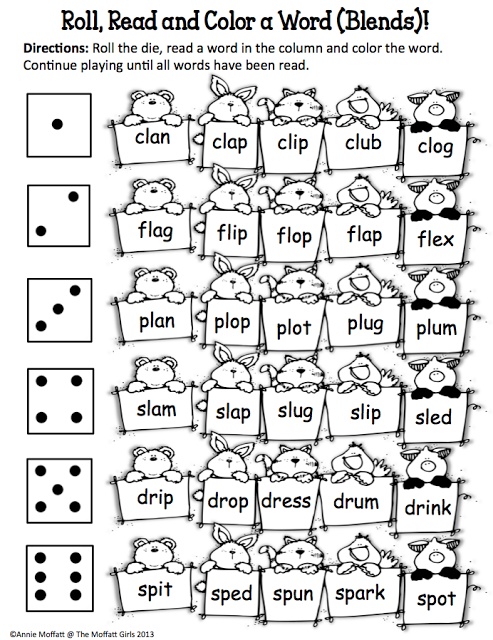 As children develop a deeper number sense, they decompose and manipulate numbers in more complex ways.”
As children develop a deeper number sense, they decompose and manipulate numbers in more complex ways.”
37. Get to know the hundreds chart with number puzzles
Image source: Mrs. T’s First Grade Class
These easy-to-make games will help students see what one more, ten more, one less, and ten less look like.
38. Share math word problems daily
We’ve got 50 free math word problems for your first grade class! Use them for math word problems of the day or a warm-up whenever you need it.
Ideas for Science
39. Create “apple eruptions”
Image source: Growing a Jeweled Rose
Conduct an apple-volcano science experiment. Fun and yum! Click here for step-by-step instructions. Plus, check out these apple science activities.
40. Get hands-on with science
Science is the perfect subject for kids to get down and dirty in. Try these 35 first grade science projects for inspiration.
41. Try daily STEM challenges
These STEM challenges are designed with your first graders in mind.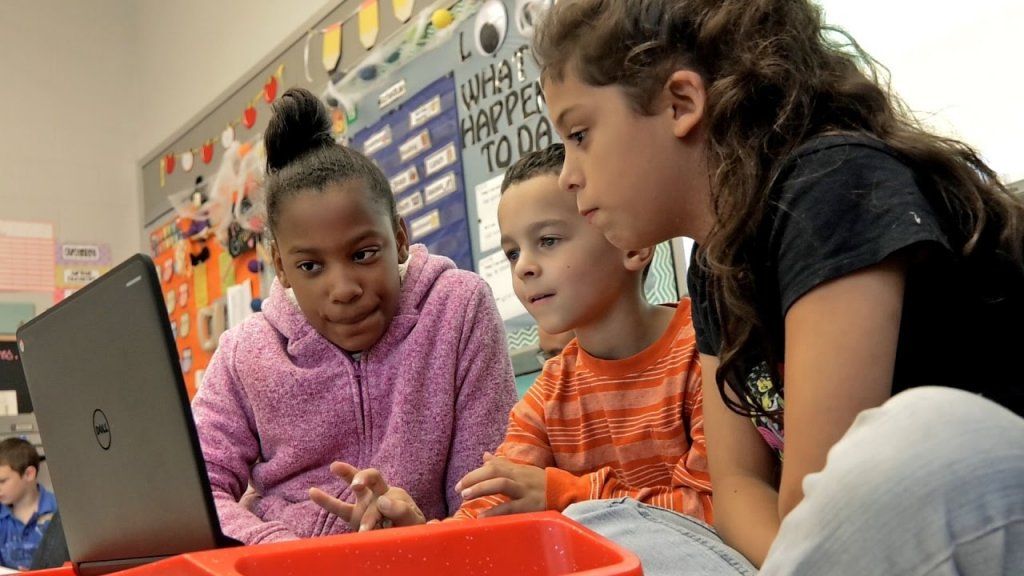 Try one each day or each week to get their minds thinking outside the box.
Try one each day or each week to get their minds thinking outside the box.
42. Use a science journal to teach the seasons
Image source: Today … in First Grade
Students will draw trees in each season, describe what they wear during the different seasons, and journal about what makes winter, spring, summer, and fall different as they fill in this science journal.
43. Look for resources from an old friend
Check out these awesome lesson plans for teaching first grade science in the kitchen, on the playground, and throughout the day from PBS Kids.
44. Take a field trip
There’s something about the first grade field trip that’s so special. We’ve rounded up our favorite first grade field trips that students will remember forever.
Ideas for Classroom Organization
45. When it comes to decorating your classroom, less is more
Anyone teaching first grade is going to have the urge to decorate, but check out these HELPLINE readers’ thoughts on why simplicity rules:
- “I have learned to start with a blank slate and let the students ‘decorate’ the classroom through the year with their work.
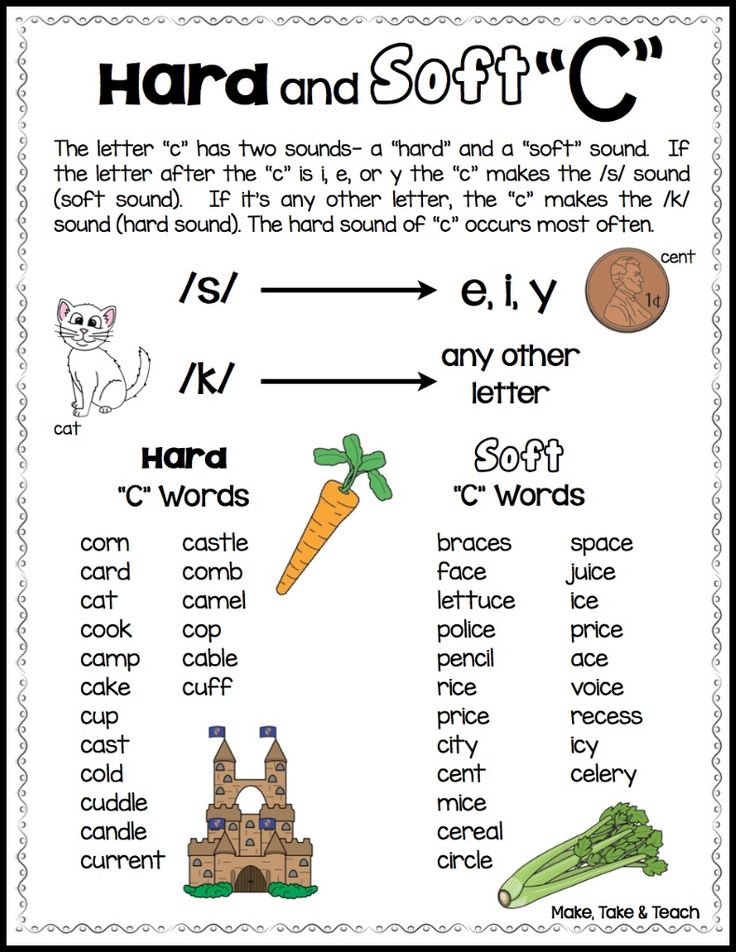 ” —Sarah H.
” —Sarah H. - “I made the mistake of covering every wall with decor and then had nowhere for anchor charts!” —Ann M.
- “You will see people go overboard with themes. Don’t bother! I saw the cutest classroom where the teacher had bought a pack of plain borders with various colors, and she just alternated the colors on the wall with alternating butcher paper. Go simple.” —Suzanne H.
Plus, check out our minimalist guide to classroom design.
46. Keep paperwork organized with labeled three-drawer bins
Image source: Learning to Teach
Hurray! No more messy piles everywhere when teaching first grade! For more organization tips, read Ten Teaching Hacks That Make You Go Duh!
47. Create classroom mailboxes for students
Image source: The Teaching Thief
Use mailboxes to return work and have students write and deliver letters to one another! Personalize them to match your classroom decor.
48. Craft milk-crate seats with built-in storage
Image source: The Apple Tree Room
These adorable seats can double as bins for easy materials storage.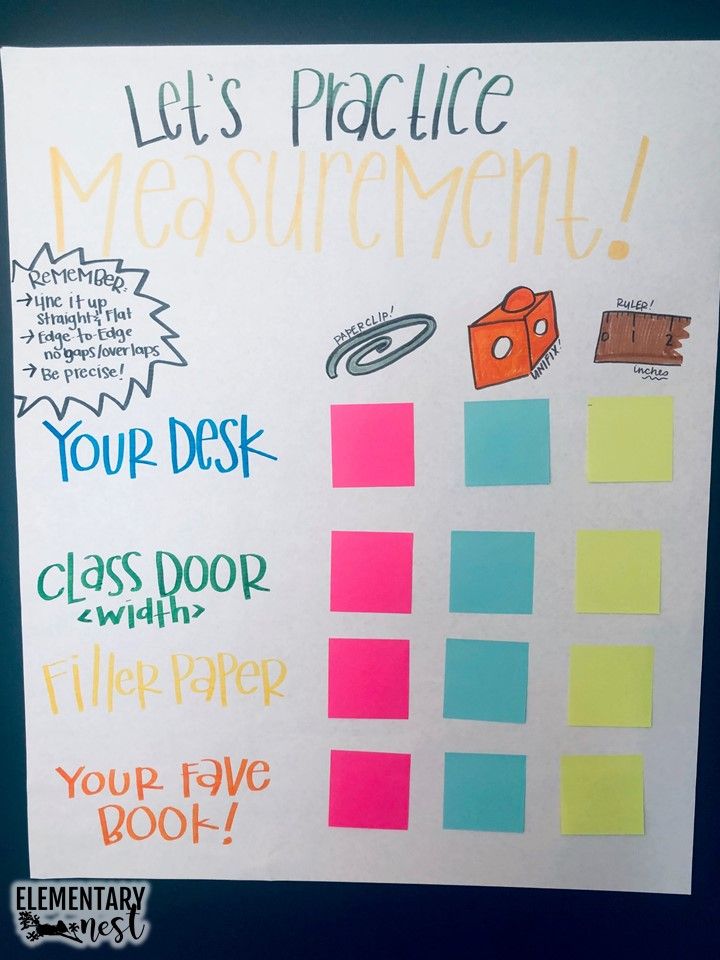 Check out other creative ways to use milk crates in your classroom.
Check out other creative ways to use milk crates in your classroom.
49. Use “absent folders” to help students catch up when they return to school
Image source: Teaching With Terhune
Partner students at the beginning of the year. When one student is absent, have their partner put work in the Absent Folder for them. When the student returns to school, send the folder home. Total time-saver!
Ideas for Classroom Management
50. There’s a chart for that
These classroom management anchor charts tackle every possible issue.
51. Use a snappy call-and-response to get their attention
For fun ideas for quieting a noisy class, check out these attention-getters.
52. Take a brain break
Check out these 25 brain-break videos, gathered just for your first graders.
53. Reduce stress during dismissal
Dismissal time doesn’t have to be chaotic. Check out these great tips on handling dismissal time.
54. Let students pick their own seats (carefully)
Teaching first grade is part of easing kids into the school experience. Let them practice their independence with these tips for letting students choose their seats.
Let them practice their independence with these tips for letting students choose their seats.
55. Have students use colored sticky notes to communicate their understanding of a concept
Image source: Love, Teach, Inspire
Students signal if they’re struggling, stuck, or solid on a concept they’re learning! You can use sticky notes or colored index cards.
56. Set up a “Calm Down Corner” and toolbox
Image source: Creatively Teaching First
The calm-down spot is a classroom space where students go to regulate their emotions and redirect their behavior. Stock these spaces with tools students can use to help them calm down and make better choices. Learn more about Why Safe Spaces Are Critical in Today’s Classrooms.
Need more inspiration? Here are 8 Types of Learning Spaces to Consider Including in Your Elementary Classroom.
Other Ideas
57. Use
all the anchor chartsHere are 22 anchor charts for teaching first grade.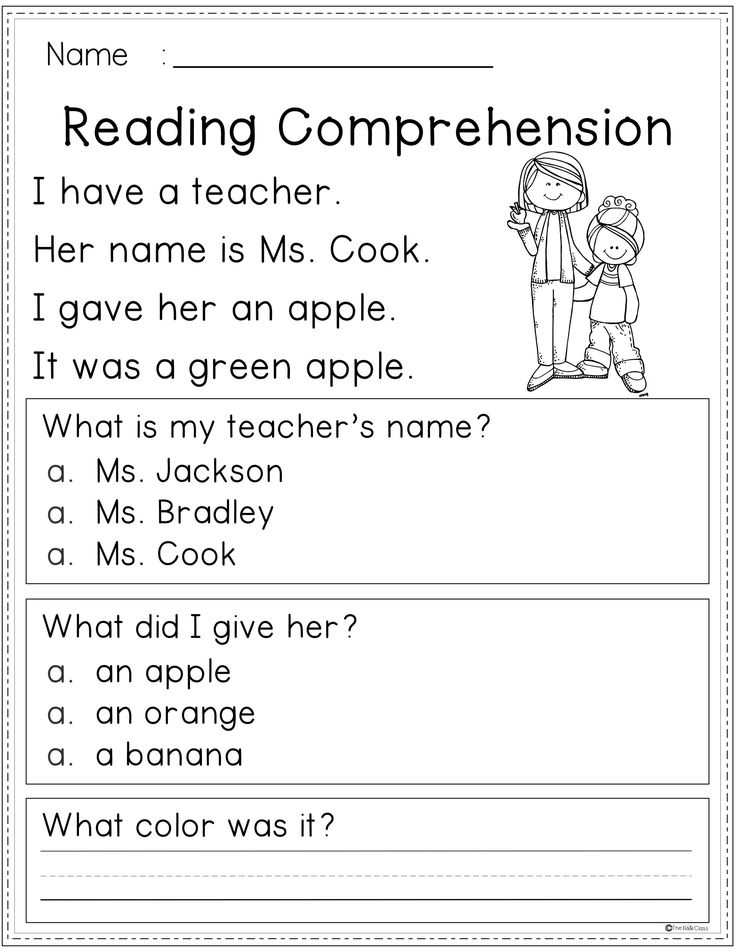
58. Build relationships with your students’ parents
Check out these 11 Teacher-Tested Ways to Make Your Classroom Parents Adore You.
59. Make art
Check out these 45 art projects are just right for first graders.
60. Set the tone for work time with background music
From Piano Guys to Afrobeat to the Jingle Punks Hipster Orchestra, you can find a Pandora station for every occasion.
61. Play with your kids
First graders are hilarious! Don’t forget to have fun with them. Here are a bunch of old-school recess games you can teach your students.
62. Use technology to organize classroom volunteers
Sites like SignUpGenius are free and user-friendly. You could also assign one of your classroom volunteers to manage the content and delegation of any project or extra hands needed using this service. If you are looking for more ways to use classroom volunteers, here are 6 Tricks to Get the Most Out of Classroom Volunteers.
63.
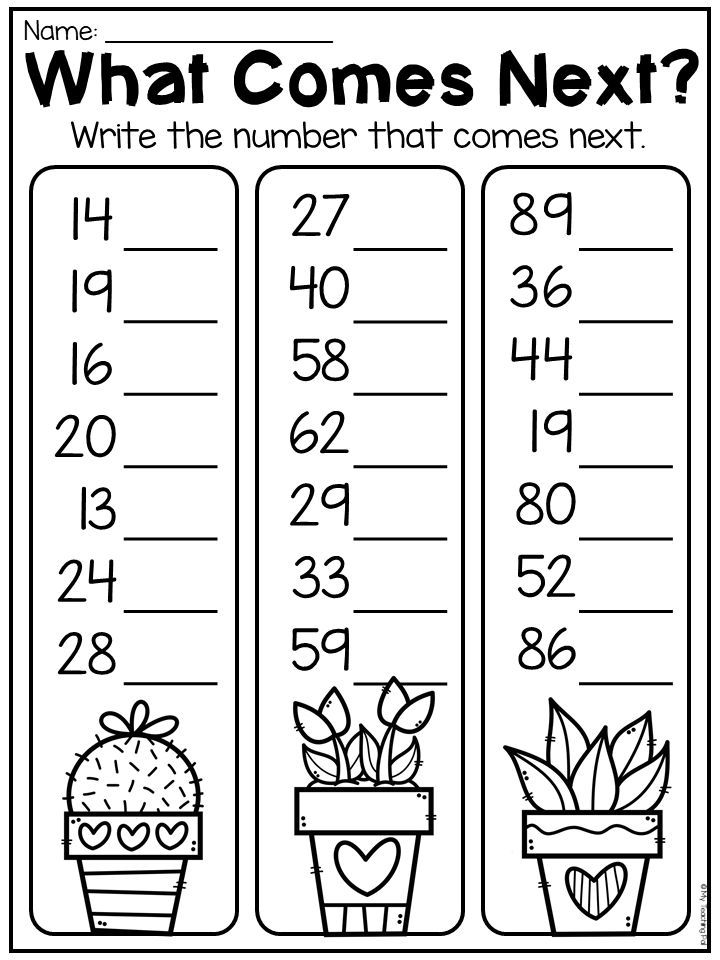 Display student work from the ceiling
Display student work from the ceilingImage source: Kroger’s Kindergarten
This is the perfect solution for teaching in first grade classrooms with limited wall space, which is the case in most classrooms. Dangle student work from the ceiling! Check out more clever ways to display students work in the classroom and online.
64. Get acquainted with running records
What are running records? When used meaningfully while teaching first grade, running records can really help you move the needle. Running records are a valuable reading-assessment tool used in many primary classrooms.
65. Grab inspired dry erasers
Image source: @kinder_charm
This is one of the best money-saving hacks I’ve seen in recent years! After all, inspiration can come from all sorts of places. They’re perfect for little hands and they really get the “erasing” job done. Bonus: They’re cute too! Check out more of our favorite money-saving classroom hacks.
What are your top tips for teaching first grade? Come share in our WeAreTeachers HELPLINE group on Facebook.
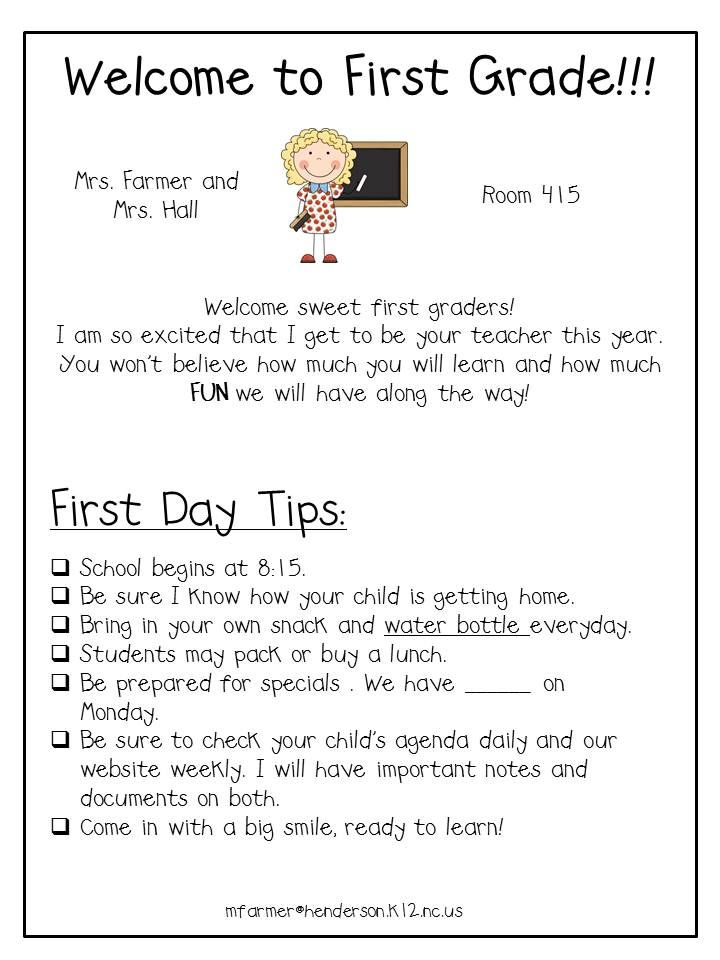
Plus, check out our guide to teaching in a first grade classroom.
8 First Year Teacher Tips For Teaching First Grade Curriculum
You just got the call saying that you got the job! You may be wondering what is it like to be a first year teacher in first grade? What can you expect and what will you be teaching? Here is a general overview of the curriculum you will teach in first grade.
Page Contents
1. What Do First Grade Teachers Teach?
The first thing you'll need to know as a first year teacher is what curriculum you'll be teaching. Most schools have adopted some sort of curriculum that you'll be required to use. Often schools will use a specific educational program from a publishing company.
Check out your classroom for your teacher's manuals and get to know the material that you'll be teaching. You'll be required to teach these subjects in first grade:
2. First Grade Reading
In my opinion, first grade is one of the most important years in a child's education.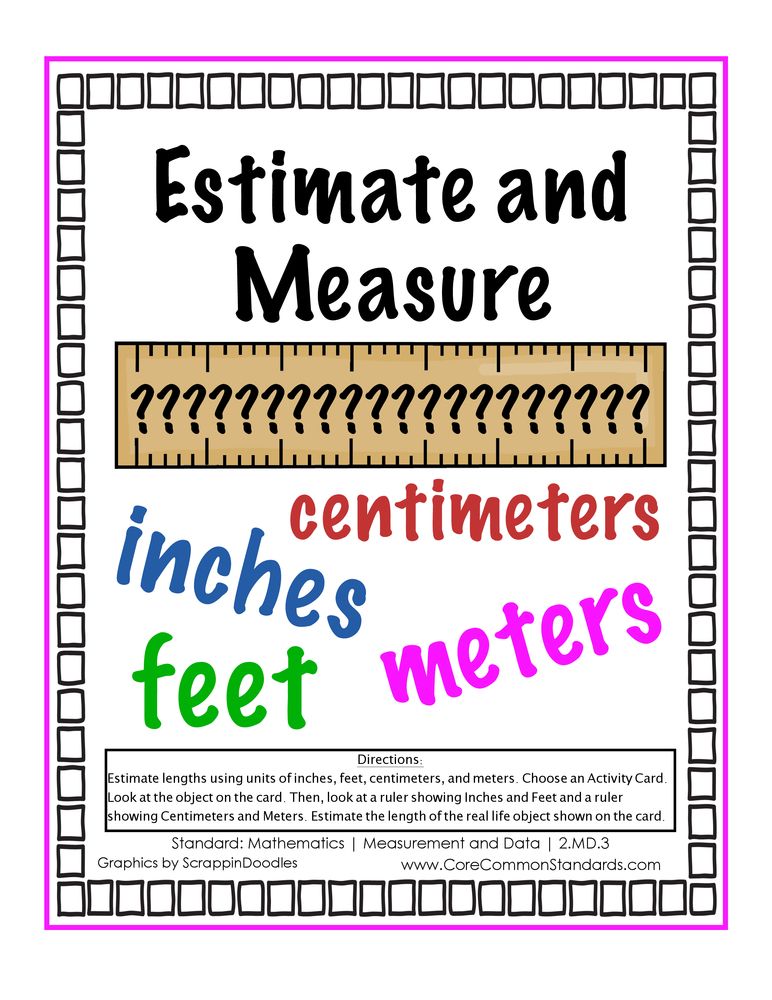 This is where you'll lay the foundation for all future learning in school because first grade is where a child learns to read. That's a big responsibility for anyone but if you're a first year teacher you may feel some anxiety knowing this is on your shoulders.
This is where you'll lay the foundation for all future learning in school because first grade is where a child learns to read. That's a big responsibility for anyone but if you're a first year teacher you may feel some anxiety knowing this is on your shoulders.
The good news is that most first grade students are developmentally ready to read. What may seem like a huge challenge to you at the start of the year will become one of your biggest rewards when May rolls around.
Most students come from kindergarten with a good foundational knowledge of letters and the sounds that they make. You'll want to do a quick assessment on each student at the beginning of the school year to check their letter/sound knowledge. Spend some time reviewing the alphabet and sounds and then you'll move into first-grade phonics skills
3. First Grade Phonics
In first grade, you'll teach all the basic phonics skills over the course of the year. The usual progression of phonics skills are:
- CVC words
- Blends
- Digraphs
- Silent E (CVCe words)
- Vowel Teams
- Prefixes and Suffixes
When you teach phonics skills in the correct order of progression your students will begin to see the patterns.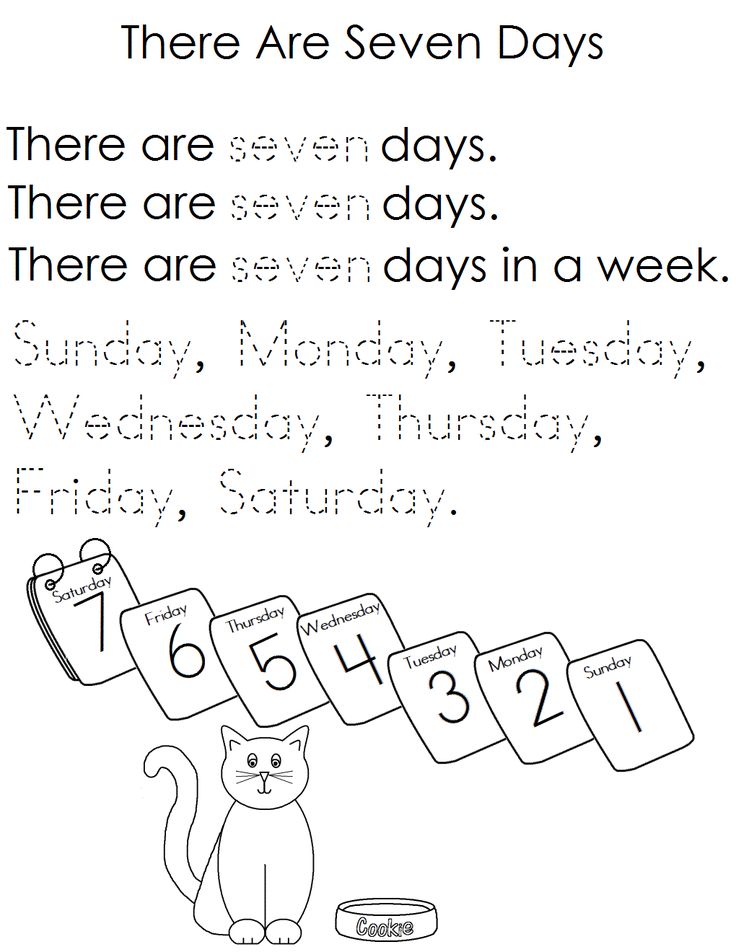 This is how they'll learn to read. You'll be amazed at the progress they'll show by the end of the school year!
This is how they'll learn to read. You'll be amazed at the progress they'll show by the end of the school year!
4. First Grade Phonemic Awareness
You'll also spend some time teaching your students phonemic awareness. Many first year teachers get phonics and phonemic awareness confused thinking they're the same thing. Phonics concentrates on how sounds appear in writing. This is where you show students the letter combinations to see the patterns in words.
Phonemic awareness is auditory. This is when students hear the difference in words. In phonemic awareness, you'll concentrate on onset-rime identification, initial and final sound segmenting, as well as blending, segmenting, and deleting/manipulating sounds. A great program to help with phonemic awareness is Heggerty.
5. First Grade Writing
Another important part of the first grade curriculum is writing. You'll be teaching handwriting which is the proper formation of letters. But you'll also be teaching students how to write using different types of genres.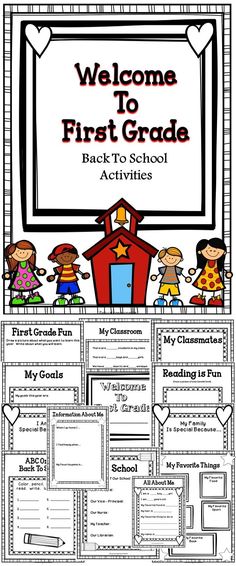
You'll begin the year by teaching students how to label a picture and write a list of words. Then you'll gradually move on to more formal writing genres including:
- Procedural Writing
- Informational Writing
- Opinion Writing
You'll give a gradual release of responsibility with a lot of hand-holding at the beginning of the year. By the end of the year, you'll encourage more writing independence.
6. First Grade Math
As a first year teacher, part of your day will be spent teaching students different first grade math concepts. Most students will come from kindergarten with some foundational skills such as recognizing numbers to 10, counting to 20, patterns, shapes, and some measurement skills.
In first grade, the bulk of your math lessons will focus on addition and subtraction. Students will be expected to add and subtract within 20. They'll learn different strategies to help them with addition and subtraction.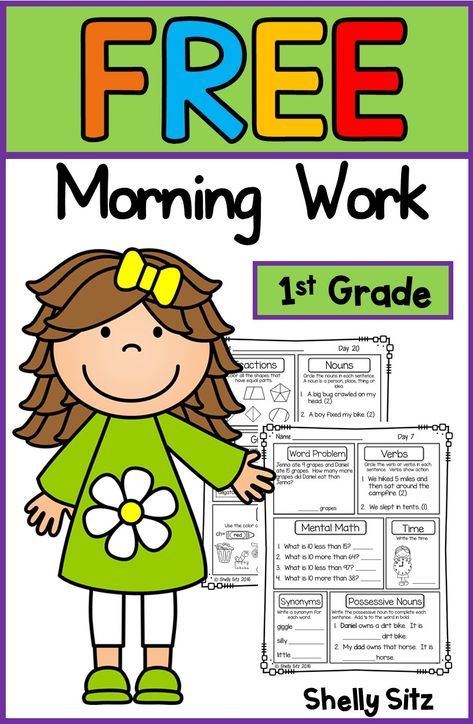
Some of the other math concepts in first grade will be:
- Numbers and operations in base ten
- Understanding place value
- Measurement
- Time
- Money
- Representing and interpreting data on a graph
- 2D and 3D shapes and their attributes
7. First Grade Science
Children love learning about science in first grade! They're fascinated with animals and other real-life concepts. Science is where you can do lots of hands-on experiments and inquiry. There are three main areas in most first grade science curriculums:
- Earth and space science – learning about the sun, energy, and weather
- Physical science – learning about motion and matter
- Life science – learning about the basic needs of living things
Science is an area where you can do lots of fun units with your students such as learning about animal habitats, plants, and insects.
Social studies is another area where you can teach fun and interesting units to your class. Many times first grade social studies lessons will revolve around the concepts of families so students can relate easily to these activities. There are usually three main concepts:
Many times first grade social studies lessons will revolve around the concepts of families so students can relate easily to these activities. There are usually three main concepts:
- History – learning how human needs have changed over time
- Geography – learning about maps, cultural differences, and physical differences between land and bodies of water
- Government – learning about rules and responsibilities in our home, school, and community
You can see some first grade social studies units here where we are learning about maps, holidays around the world, and comparing life long ago to today.
The first grade curriculum is just the tip of the iceberg when it comes to your school year. As a first year teacher, you'll also need to have good classroom management skills to make sure your days run smoothly. Head over here to read part two – How to have good classroom management in first grade.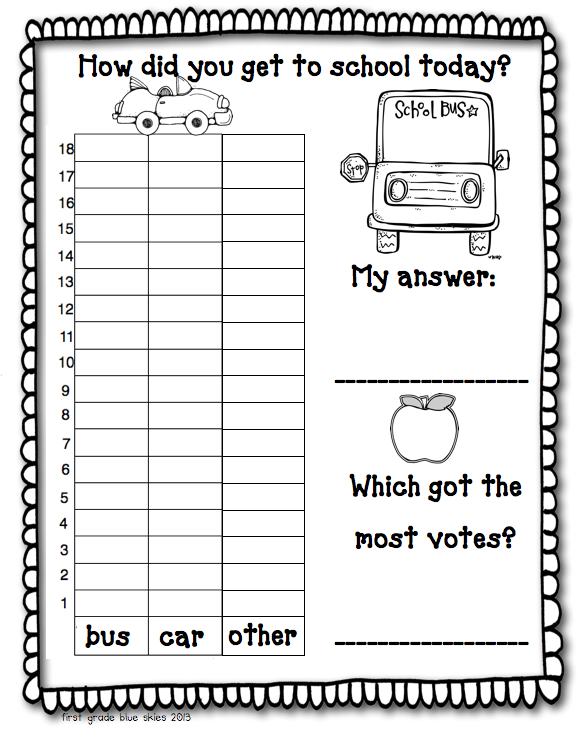
First Year Teacher Tips For Teaching First Grade Curriculum
Take a minute to save these tips to your favorite classroom management Pinterest board so you can remember them later!
Please follow and like us:
how to organize family homeschooling for children in grade 1
Reasons for homeschooling for first graders
which implies independent development of the main educational program. The responsibility for the quality of education lies with the parents.
Here are the main reasons why families prefer not to send their children to a traditional public school, but to teach at home:
- Parents are dissatisfied with the general level of education in free public schools and do not want to enroll their children there.
- Parents often travel and cannot be tied to one location, and constantly changing schools and getting used to a new team is an additional stress for a small child.
- A son or daughter is already professionally involved in sports, music or art at a young age.
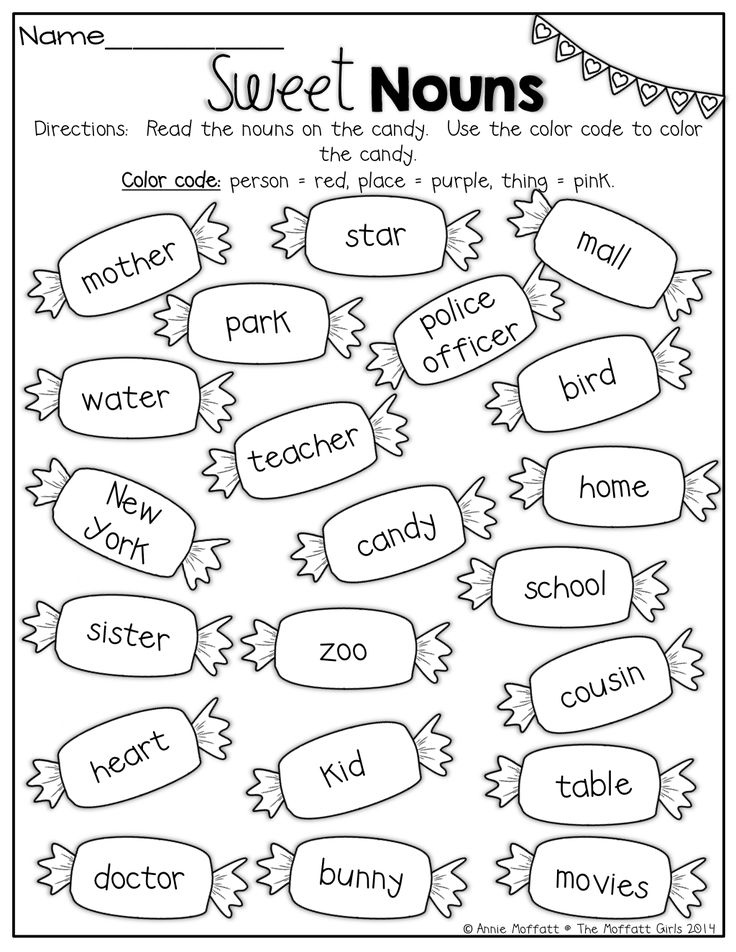 Busy rehearsal or practice schedules will not be easy to fit into a high school schedule. nine0012
Busy rehearsal or practice schedules will not be easy to fit into a high school schedule. nine0012 - The child is often ill or has health problems.
Homeschooling a first grader will be a great way out - you can choose how, what and when to study, travel and plan your schedule.
<>
Practical organizational tips for teaching first graders
Decide on a homeschooling program for Grade 1
Primary school lays the foundations of a child's education, basic literacy in basic subjects and attitude to learning. It is important to make the program interesting so that the kid really likes to learn something new. But it is necessary to include basic subjects: reading, writing, mathematics, the world around us, preferably English. nine0007
<
Don't Overdo it
When designing your curriculum and schedule, remember that first graders need plenty of rest and exercise. Do not immediately overload the child with five lessons of 45 minutes, as is customary in a public school.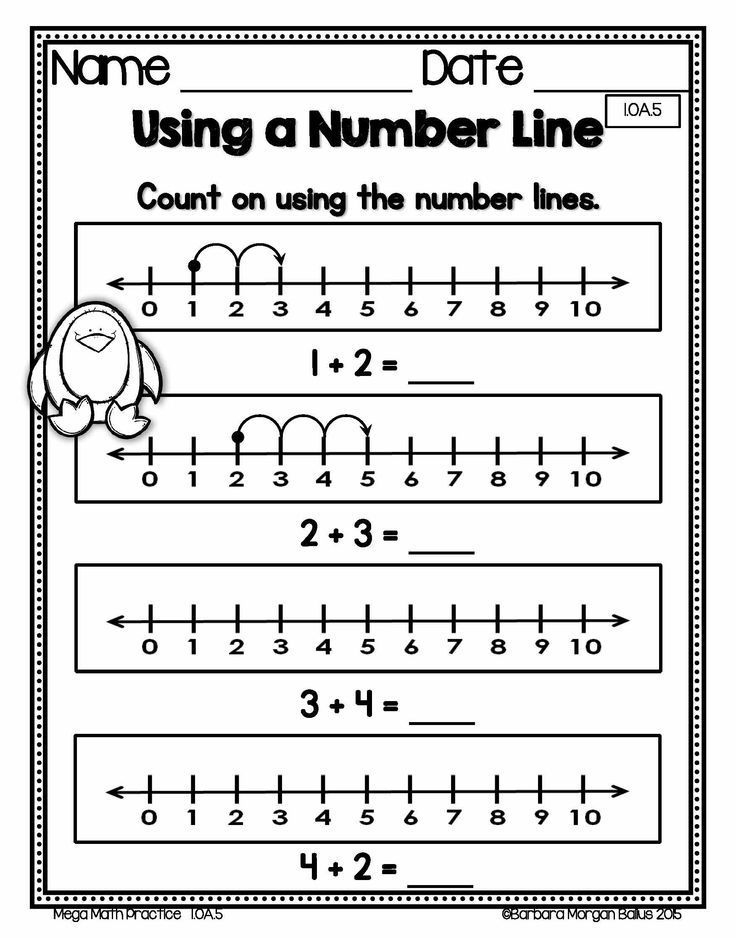 Family learning is flexible. You can always adjust plans and make changes on the go, focusing on the situation. Work out a little less today, and more tomorrow. Monitor your own state and mood of the child when you study at home with a first grader. nine0007
Family learning is flexible. You can always adjust plans and make changes on the go, focusing on the situation. Work out a little less today, and more tomorrow. Monitor your own state and mood of the child when you study at home with a first grader. nine0007
Set up a workplace
It is important to teach your child to work in a comfortable and healthy environment from a young age. Of course, you can study at home on the couch, but the spine is unlikely to say thank you.
Get the right table and chair together with your first grader. But remember that a first-grader must create his own place of study - only some help is required from you. A conscious choice will immediately form a positive attitude towards new responsibilities.
Help the first grader set up his computer so that he can use it easily. Connect high-speed Internet, install the latest version of the browser and antivirus, purchase a headset. When organizing home schooling for a first grader, keep in mind that the recommended distance from the eyes to the computer screen is at least 50 cm.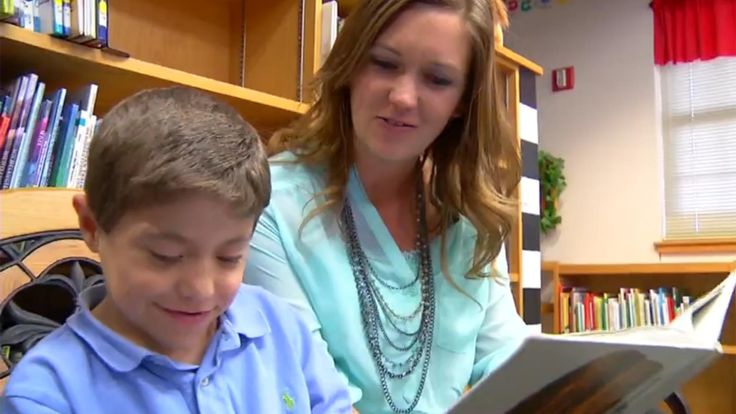
Add Interactivity
school. Today, schoolchildren have a unique opportunity to learn not only with the help of books, but also using various interactive resources on the Internet. Use sites and applications for first graders to make the learning process more interesting. nine0007
Think about socialization
Parents are often afraid that their child will have no one to be friends with and communicate with in family education. Of course, this is a myth, a first grader will not be isolated from the outside world within four walls. On the contrary, there is more free time and, accordingly, opportunities - choose circles and sections that your heart desires.
Be a mentor
Children are naturally inquisitive and eager to learn new things. Try to guide the first grader, and not teach and impose your opinion. Create a comfortable learning environment for him and provide all the opportunities for the child to study in the first grade. nine0007
Connect the helpers
When organizing family education for a first grader, take a closer look at online schools.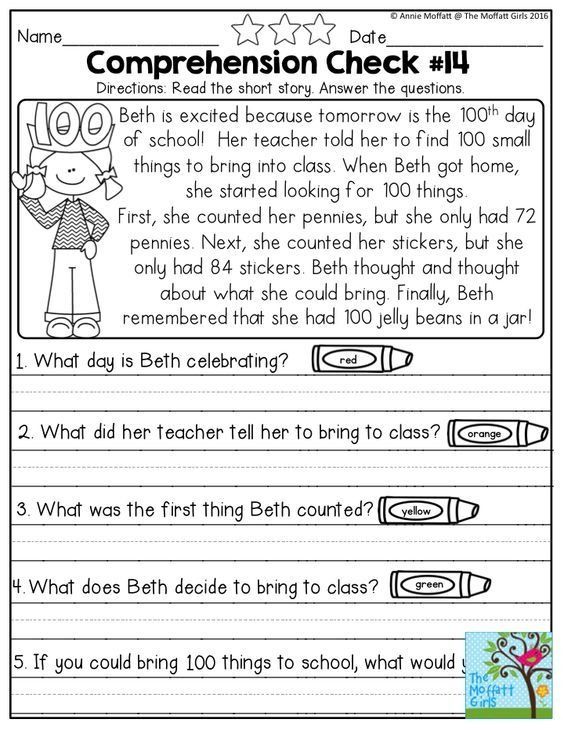 They take care of scheduling, curriculum and teacher selection, and you just enjoy the results. It is especially convenient if you have several children in family education - it is not always easy to coordinate schoolchildren on your own.
They take care of scheduling, curriculum and teacher selection, and you just enjoy the results. It is especially convenient if you have several children in family education - it is not always easy to coordinate schoolchildren on your own.
<
